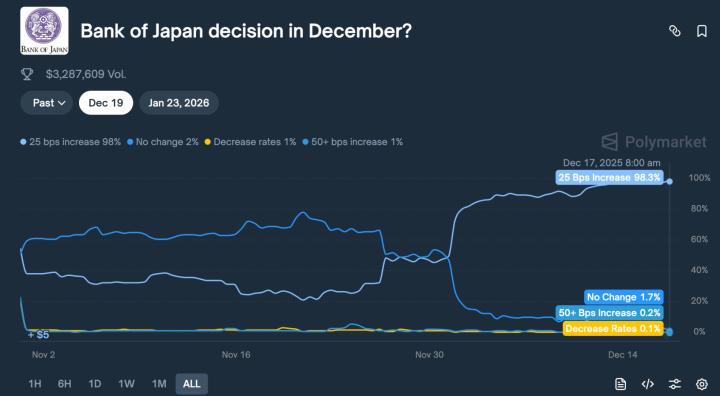On April 5th, CryptoQuant CEO Ki Young Ju stated that the Bitcoin bull market cycle has ended, based on the key on-chain data indicator of Realized Cap. The operating logic is that when BTC is transferred into a wallet, it is considered a "buy", and when transferred out, it is considered a "sell". By calculating the average cost basis × holdings of each wallet, the total network realized market value can be derived, which reflects the total capital entering the Bitcoin market through real on-chain activity.
The realized market value differs from the market value based on the last trading price on exchanges. When someone buys $10 worth of BTC, the market value increase is far more than $10, as the price is actually determined by the balance of buying and selling pressure in the order book. In a low selling pressure environment, a small buy order can significantly push up the price, while in a high selling pressure environment, even large purchases may struggle to lift the price, such as the volume-price divergence near Bitcoin's $100,000 mark.
For the bull and bear cycle judgment framework, the bear market signal is when the realized market value grows but the market value stagnates or declines, representing capital inflow unable to drive price increases, which is characteristic of the current market stage. The bull market signal is a stable realized market value with a sharp market value surge, where a small amount of new capital can drive price increases. Although some capital flows are difficult to track, most capital movements are reflected on-chain. Current data clearly points to a bear market signal. While selling pressure may ease at any time, historical data shows that a true trend reversal requires at least 6 months, with a low probability of short-term rebounds.








